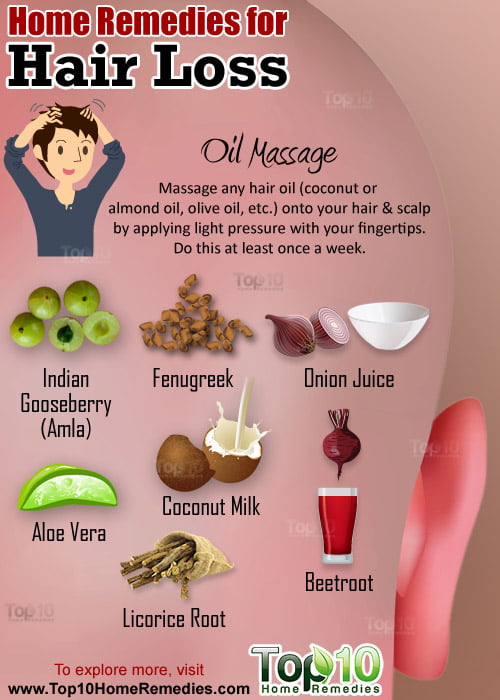Hair loss is a completely natural and normal part of the ageing process, but the experience can cause a significant amount of shame and distress in many men. Especially if it starts at an early age.
If balding is something that is bothering you, it’s important to understand what causes hair loss in males and what can be done about it.
What causes male hair loss?
There are a number of different kinds of hair loss that men can experience. The most common is male-pattern baldness – or androgenic alopecia – which affects all men to some degree as they age but your genes determine how prone you are to this process. Trichologist Kate Dawes told Men’s Health explained the science stuff for us.
“Male-pattern baldness is caused by the hormone Dihydro-testosterone (DHT),” Dawes days. “DHT is formed from the conversion of free testosterone found in the blood by the enzyme 5 alpha reductase. In the men that are genetically prone, the follicles on top of the head are sensitive to DHT. These follicles start to miniaturise with fewer hairs growing from each follicle and hairs becoming finer as the anlagen stage of the growth cycle shortens. This occurs until the follicle is no longer able to produce hairs.”
You can also lose your hair because of conditions like alopecia areata, illness, infections, and lifestyle factors like stress and diet. If you notice that your hair is falling out in clumps or at unpredictable times, it might be a sign of something else.

How common is hair loss in men?
Around 20 percent of men in their 20s experience male-pattern baldness, 30 percent of those in their 30s, and by the time you reach your 40s around 40 percent of your peers will see significant hair loss. By 50, 85 percent of men will experience balding.
What are the early signs of balding?
“The early signs is recession of the frontal hair line and miniaturisation of hair,” Dawes says. “In some men the crown area thins first. Miniaturising is where the follicle starts to shrink so therefore the hair shrinks in diameter and also becomes lighter in colour.”
Can you treat male-pattern balding?
From shampoos to supplements – there are a huge range of products and services promising to cure balding. But do hair loss treatments actually work?
There are two kinds of hair loss treatments. One type works on stimulating viable hair follicles and the other replaces or camouflages lost hair when follicles are no longer able to produce hair.
1. Minoxidil lotion
Also known as Rogaine, minoxidil is applied to the scalp twice daily. About 60 per cent of patients benefit from it to varying degrees – about 15 in 100 men have hair regrowth, while hair loss continues in about one in three users. Its effects start to wear off as soon as it is stopped.
2. Finasteride
Also known as Propecia, finasteride is a medicine taken in tablet form that partially blocks the effects of the male hormones (an ‘anti-androgen’). Propecia has been shown to halt further hair loss and promote re-growth of scalp hair in approximately 80 percent of patients after three to six months. The treatment benefits also stop when you stop taking the medication.
Methods like transplants, scalp reductions, flap surgery and scalp micro pigmentation can be used to replace lost hair or camouflage hair loss.
Given the costs and recovery associated with some treatments, it’s important to consider whether you really want or need to “treat” your hair loss and talk to a dermatologist or trichologist to find out what works best for you.

Can you prevent balding?
Given the hereditary nature of male-pattern balding, nothing will prevent it if you’re genetically predisposed. However, there are some factors that can somewhat slow down hair loss.
1. Diet
You are what you eat and that extends to your hair. A study from Finland found men with high blood pressure, insulin resistance and obesity were more likely to be bald. The biggest factor for developing a resistance to insulin is a diet high in sugar. Clamp down on the sweet stuff and prioritise foods containing complex B vitamin biotin, found in eggs, nuts and salmon, which can help strengthen hair and nails. Also try adding zinc-rich foods like beef and spinach to your nutritional arsenal. Columbia University Health Services found the mineral can add some steel to your strands.
2. Stress
Stress often manifests physically, with repercussions that can include hair loss. The reason? Stress floods your body with the hormone cortisol, which sends other hormones into flux. If you’re predisposed to balding, a high-stress lifestyle can speed up the process. To neutralise stress, try traditional meditation or, if that’s not your thing, an active meditation regimen such as yoga or Tai Chi. Or just commit to getting in better shape. A 2015 study in PLOS One found that older men with a high level of cardio respiratory fitness release 42 per cent less cortisol throughout the day than unfit men do.
3. Grooming
Add some finesse to your grooming game. If your hair’s thinning you need to nourish it with a little love and a lot of tenderness. Post-shower, rather than ripping at your roots like you’re trying to buff your car to a high shine, pat it dry gently. Want to add a stylish finish? Try a volumising hair product to give the appearance of greater density.
[“source=menshealth”]
















